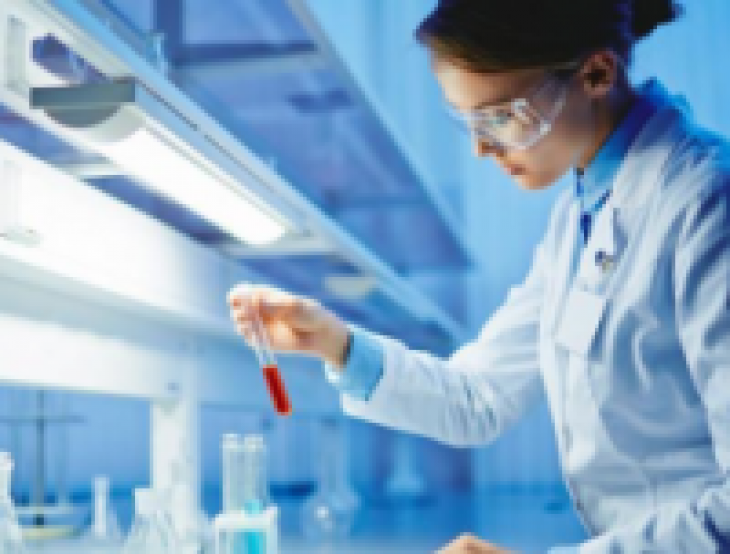Our customised eCOO® Explorer Packages offer a unique opportunity to perform a quick initial feasibility test and to identify possible scale-up solutions with eCOO® Technology.
In these initial ‘quick and dirty’ runs, together we assess the compatibility of eCOO® Technology with your material or product. Furthermore, we can determine chemical and/or physical testing as well as initial microbiological analysis.
We strive to answer your main question; can eCOO® bring our innovation to the next step? Whether your research group or start-up team is interested in decellularising tissues, sterilising a sensitive material or administrating a coating on your graft, we are happy to support with initial testing and see how we help you take it further.
Once the initial tests are positive, we explore tweaking the processing options and targeting outcomes to define the exact process to fit optimal cleaning or sterilising of your material for use.

Explorer Standard | Exploring initial processing compatibility of material
Particularly suitable for research institutes and start-ups: Our Explorer Standard Package includes one run cycle with preliminary testing, such as BI analysis, PAA residual test and visual inspection, and summary report.

Explorer Plus | Exploring processing options and target outcomes
For research institutes and university departments: the Explorer Plus Package generally consists of some twelve runs including basic, product (sterility) and endotoxin testing, with an official testing report.
CASE SPOTLIGHT:
EFFECTIVE STERILISATION OF SENSITIVE MATERIALS WITH eCOO® STER
university research group applied eCOO® Ster as processing technology on hydrogel

The objective of the research group was to develop a hydrogel as a medical mesh for wound healing.
The innovative material composition of the product is highly sensitive to harsh sterilization methods and can, therefore, not be sterilized by conventional chemicals or irradiation methods. However, without sterilization the material cannot be applied in a clinical setting.
eCOO Ster processed the hydrogel under milder sterilization conditions, in only a few optimized runs.
As a result of eCOO Ster’s inert viral inactivation properties, the hydrogel was sufficiently sterilized, reaching SAL of 10-6 reduction and retained the desired material properties by not interacting with the structure itself.
“The research group was able to continue making progress in creating this hydrogel suitable for marketable medical applications”
You may also be interested in reading these Clinical Cases
- Bernhardt A. et al. (2015) Improved Sterilization of Sensitive Biomaterials with Supercritical Carbon Dioxide at Low Temperature, PLoS ONE 10(6)
- Bui D. et al. (2015) Meniscal allograft sterilisation: effect on biomechanical and histological properties, Cell Tissue Bank 16:467–475
- Hennessy R.S., et al. (2017) Supercritical Carbon Dioxide–Based Sterilization of Decellularized Heart Valves, (J Am Coll Cardiol Basic Trans Science, 2:71–84
- Nichols A., Burns D.C., Christopher R. (2009) Studies On The Sterilization Of Human Bone And Tendon Musculoskeletal Allograft Tissue Using Supercritical Carbon Dioxide, J. Orthopaedics, 6(2)e9
- White A., Burns D., Christensen T.W. (2005) Effective terminal sterilization using supercritical carbon dioxide, Journal of Biotechnology, 4178

 Global
Global  Nederland
Nederland APAC
APAC India
India